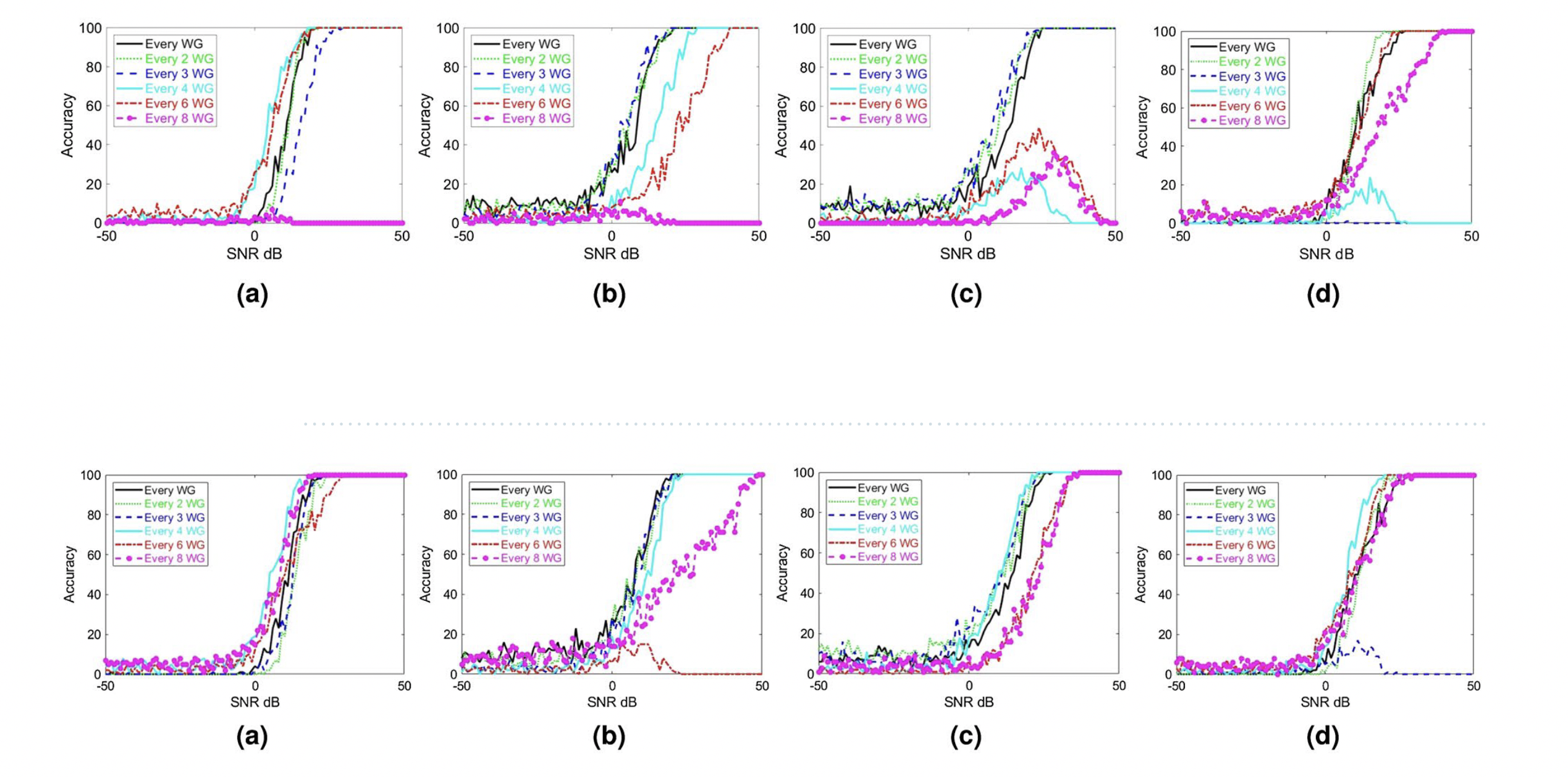A group of researchers have developed a hybrid reconfigurable intelligent surface (RIS) that directs radio signals hitting it, including accurately estimating its angle of arrival. The technique used by the group also decreased the number of required radio frequency (RF) chains without affecting the surface’s accuracy.
An RF chain is a series of electronic components and sub-units such as filters, amplifiers, etc. that make up radio communications equipment; by reducing the number of RF chains, the researchers are reducing the complexity and cost to build such surfaces. As outlined in this article, one of the key reasons for adopting RIS would be their simplicity and cost-effectiveness compared to repeaters and other existing forms of coverage extension.
RIS is considered by many specialists one of the most promising techniques for improving wireless communications, and its use could enable technologies like 6G.
The findings were featured in an article written by an international team of researchers from universities in Greece, Arizona and Israel published by Nature’s Scientific Reports journal in October. The University of Athens is also part of the RISE-6G project, focused on RIS.
The researchers used a sample signal at 19GHz to run the tests, though they have noted this range can be easily extended. According to the article, they used an approach reminiscent of compressed sensing techniques to reduce the number of required RF chains, making it less expensive and therefore more commercially feasible.

The surface consists of mushroom structures, each featuring a varactor diode – a type of diode used mainly in RF circuits and whose capacitance varies according to the reverse voltage. As can be seen in the image, there’s an “aisle”, or “Via”, connecting the mushroom structure to the bottom conductive plate. The researchers added substrate integrated waveguides (SIWs) for guiding the sampled signal.
The study has shown that the scattering of the incident wave inside the surface and the coupling between elements effectively redirects the signal.
“Consequently, the received signals are obtained via a form of hybrid analogue/digital processing, where the field received by each RF chain has information about the incident wave on all elements,” the study reads.
The researchers compared two experiments: one using different numbers of uniformly spaced waveguides and another using nonuniform spacing. Among the results, the authors highlighted that using nonuniform sampling of waveguides improves the system’s accuracy to estimate the angle of arrival of the incident signal.

“By comparing the results, we see tangible improvement in the fidelity when using nonuniform sampling. This observation also suggests that there can be an optimum distribution that may guarantee the desired level of accuracy,” the authors wrote. They also noted that using random masks can allow for a reduction in the number of SIWs without losing much information.
Unsolved Issues
Even though the results are encouraging, the researchers recognise that the study still presents unanswered questions.
“[The] Presented angle of arrival estimation algorithm, while intuitive and useful for demonstration purposes, assumes a single transmitter and cannot easily be extended to multiple transmitters,” they warned.
“Furthermore, the process to utilise phase difference is a nonlinear operation. When we have multiple incident waves, their impact is combined coherently following the principle of superposition. As a result, the information for each incident wave is linearly combined with other ones. By using a nonlinear operation on the sampled signal, it becomes complicated to demultiplex the information for the multiple superimposed incident waves.”
Yet the authors believe the results bring could lead to exciting future studies. “In future works, we plan to use the complex signal received at each sampling waveguide and demonstrate the possibility to detect multiple transmitters. […] Another exciting future direction is to tailor the frequency response of the metasurface.”







